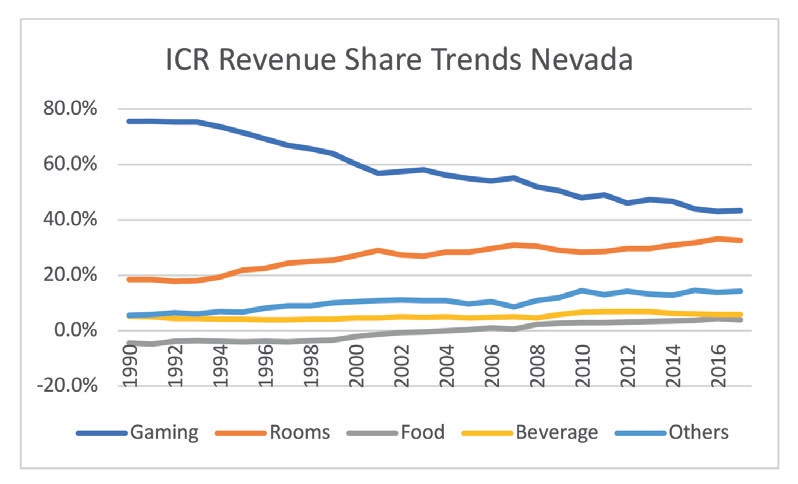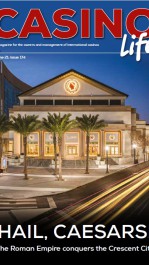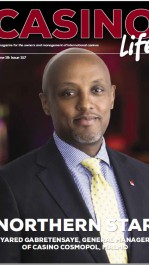Manage this by Robert Brassai
Casinos, as a physical space offering games of chance from the very beginning included certain amenities to look after the most basic needs of their customers. Players while spending their time and money on the tables or slots, needed a drink and sometimes food to keep going. They had to use the bathroom or eventually depending on the casino’s location and the length of their gambling session, needed a place to sleep. The high profitability of casino games meant that the house was happy to take care of these needs of most of their deserving patrons for free.
Thus they built bars and restaurants near their gaming floors and eventually hotels next to the casino as well. These amenities in the beginning served the active gambling population only. But given the uneven flow of customers and the even availability of these services, casinos started looking for ways of using their unoccupied restaurant seats and hotel rooms to generate income from a non-gambling clientele as well. In many places filling these rooms was almost impossible given the lack of touristic appeal of the places where casinos were allowed to operate. When you don’t have a market, the easiest way to success is creating one. And just like that, integrated casino resorts were born.
These resorts were still selling gambling as their principle activity, but in the need of optimization they were marketed to a wide segment of customers, from families to weekend party goers alike. What we know today as Las Vegas, apart from the gambling appeal, is one of the most recognized leisure destinations in the world.
People make their way to Vegas and other similar centers of entertainment to celebrate a birthday, see a theatre show they couldn’t catch elsewhere, get married, or simply get away from the everyday treadmill. Thus, ICRs became a business model and a very successful one at that.

During the past 30 years a lot has changed in the world. People value different things in life than their parents, technological advances are changing the very fabric of society. The way ICRs do business has also changed to cater to new demographics. The below chart shows the relative importance of the main income generating elements of resorts over the years. These trends are present all over the world but in differing proportions.
While the importance of the gambling element is decreasing seemingly, the actual gambling income has grown exponentially over the years, only the income generated by the ICR’s hotel, F&B and other components grew much faster.
With the exception of a few companies, in most resorts these profit centers tend to be run separately and with very little regard to the interest of the other departments or the business as a whole. The KPIs used to measure the efficiency of the different elements vary widely. While the hotel manager will mostly look at RevPAR, on the casino floor GGR will be king and the guys in the restaurants will worry about their food cost and table occupancy rates. This is all well on a normal day at the resort, but what happens on a busy weekend? Who gets to stay in the rooms? Who has priority for getting a table at the signature restaurant? The interests of the different departments will collide, and conflict will be born. Ultimately, it’s the customer who will pay the price for the lack of interdepartmental alignment.
Enter profit-based management. The easiest way to solve these conflicts of interest is a collective will to base measurements on profit generated at the different points of sales and by different customer profiles/segments. While the above graph shows the relative earning potential of the departments, it doesn’t tell us how much is left from these incomes after paying salaries and other costs related to their operations. The profitability of the different segments to the operation as a whole will differ widely. While a slot department can easily retain over 70% of their GGR as departmental profit, the flow through in a typical F&B operation will be around 30%. The profitability figures are readily available and are part of the P&L of each department.
It is the interest of the resort as a whole to adopt a profit-based approach. This approach in most cases will have to be implemented by the higher management of the resort as it works against the basic instincts and interests of the different department heads. A serious education effort from management all the way to line staff is needed to convince people that the interest of the whole resort as a business comes before the interest of the departments, that the whole is actually more than the sum of its parts.

Biography
Robert Brassai, consultant, strategist and gaming expert. Robert is the founding principal of the gaming consulting firm “Sense4gaming.” The firm takes on projects from casino concept and management to marketing and operations. Robert brings to the casino industry a wide range of experience and expertise.
Robert, a leading casino executive has used his wealth of experience to establish and transform many casino businesses. In the past 25 years he has opened and managed properties for some of the industry’s leading companies like Sun International, Queenco and Kerzner International.






























